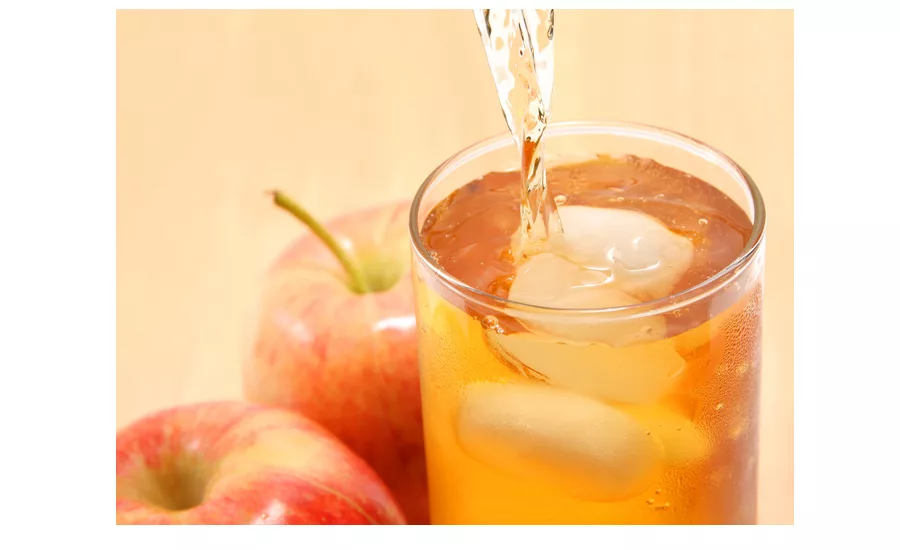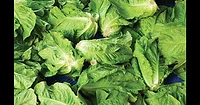FDA moves to limit lead in juice

The U.S. Food and Drug Administration has issued draft action levels for lead in single-strength (ready to drink) apple juice and other single-strength juices and juice blends. The intention is to reduce the potential for negative health effects from dietary exposure to lead, and supports the agency's Closer to Zero action plan that sets forth the FDA's science-based approach to reducing exposure to toxic elements in foods.
"Exposure of our most vulnerable populations, especially children, to elevated levels of toxic elements from foods is unacceptable," said FDA Commissioner Robert M. Califf, M.D. "This action to limit lead in juice represents an important step forward in advancing FDA's Closer to Zero action plan, which we are confident will have a lasting public health impact on current and future generations."
The new draft guidance outlines action levels, which are recommended limits of lead in juice that can be achieved by industry and progressively lowered as appropriate.
In particular, Action Levels for Lead in Juice: Draft Guidance for Industry, provides draft action levels of 10 parts per billion (ppb) for lead in single-strength apple juice and of 20 ppb for lead in all other single-strength juice types, including juice blends that contain apple juice.
As part of its commitment in the Closer to Zero action plan to consider the biological effects from exposure to harmful elements in food, the draft action levels for lead in juice were guided by the FDA's interim reference level (IRL) for lead, a measure of the contribution of lead in food to blood lead levels.
The FDA estimates that establishing a 10 ppb action level could result in as much as a 46% reduction in exposure to lead from apple juice in children. For all other fruit and vegetable juices, establishment of an action level of 20 ppb is estimated to result in a reduction of 19% in exposure to lead from all other juices in children. The FDA issued a lower draft action level for apple juice because it is the most commonly consumed juice that young children drink.
The FDA is accepting comments on the draft guidance. A manufacturer may choose to implement the recommendations in a draft guidance before the guidance becomes final. The organization will work with manufacturers of these products to encourage the adoption of best practices to lower levels of lead in juice.
Looking for a reprint of this article?
From high-res PDFs to custom plaques, order your copy today!








